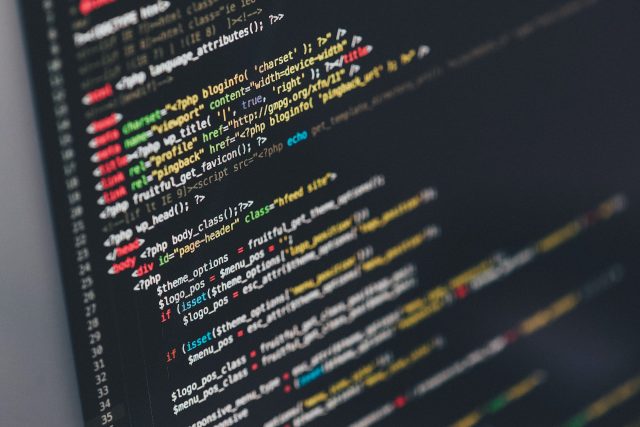
The world of software development is changing. And with the rise of mobile applications, it’s not just about building traditional desktop applications anymore.
Developing an application using the best no code tools has become an essential part of the modern developer’s toolkit, and it can be used to create an incredibly diverse set of apps, from simple games to complex e-commerce platforms.
But how do you go about no-code application development? What are the best practices for no-code app development?
To help answer these questions, we’ve compiled a list of five best practices for no-code application development:
1. Use the Right Tool for the job
Using the right tool for the job is key to successful development. This means choosing a tool that’s best suited to your project’s needs and using it correctly.
The first step to using the right tool is understanding what kind of work you’re doing. For example, if you’re building a mobile app, you’ll need a different set of tools than if you’re building a web app. And if you’re building something for an enterprise client, it will be different from something for a small business.
Once you’ve chosen what kind of toolset best fits your needs, your second step should be learning how to use it correctly. You’ll want to check out tutorials and videos on how to use the tools effectively so that when it comes time to actually code up your project, everything runs smoothly and efficiently.
2. Test Early, Test Often
When you’re developing an app using no code, you’ll need to make sure that it works. That’s why testing early and often is so important.
If there’s a bug in your code, it’s much easier to fix when you know exactly where it is. For example, if you’re building an app that allows users to add and edit their accounts, and one of your tests checks for errors during account creation, it would be much harder later on when you have more accounts than tests and need a new test case.
It’s tempting to write code as soon as possible during the development process and then test it later, after a few more iterations. But if you do this, you’ll find that there are bugs and issues in the code that will be difficult or impossible to fix.
Instead, focus on getting your initial version of the app working—in fact, you should even start building up a mockup of what your final product will look like before even starting with the code. This way, when you begin writing code, you’ll have an idea of where things should go and how they should work.
3. Understand the Business Case for What You’re Building
If you’re building an app for your business, make sure you understand the business case for what you’re building.
This means that when you’re developing your app, you should have a solid understanding of the needs of your business and how it will use your product. This will help guide your decision-making process as well as ensure that the application is built according to its purpose.
If possible, try using open-source software when building no-code applications so that developers can modify them if needed in the future without having to pay additional fees or licenses every time an update is released by their company’s developers!
4. Minimize Dependencies on Code
When you’re developing apps using no code, it’s important to minimize dependencies on code.
If your app depends on other components or libraries, they may not be available when you switch to a no-code approach. This can make it difficult to test your app and get feedback on its functionality.
Additionally, if you are working with different developers on different parts of the application and their code is dependent on others, it becomes difficult to make changes across the whole program without touching multiple files at once. If you need to modify one part of your program and not another, creating those changes in separate files can be time-consuming and complicated.
We recommend that you always try to use as few external dependencies as possible when building an application using no code. That way, you can focus more time on writing new features or fixing bugs without worrying about where they come from or how they are implemented in production.
5. Adapt Your Development Process to Your Team
Adapt your development process to your team when you are developing app using no code
If you are planning to use an iterative approach, it is important that you plan your development process in advance. For example, if you want to develop an app using no code, you should make sure that the developers are ready with all the necessary tools and tech stack that they need. The best way to do this is by creating a software development kit (SDK) for them so that they can run their apps without having any knowledge of coding.
Another thing that you can do is provide them with all the necessary resources such as documentation and tutorials on how to use certain tools or technologies. This will help them learn faster and gain experience faster which will ultimately lead them to be more productive when working on their own projects.
Conclusion
No-Code App Development is a new and exciting way to develop apps for Android and iOS devices. It allows you to build your app without having to write any code—or even knowing anything about programming languages like Java or Objective C. By following the above practices, you can develop an exceptional app for your business or even for your client’s business that is fully-functional and drive more possibilities for users!













